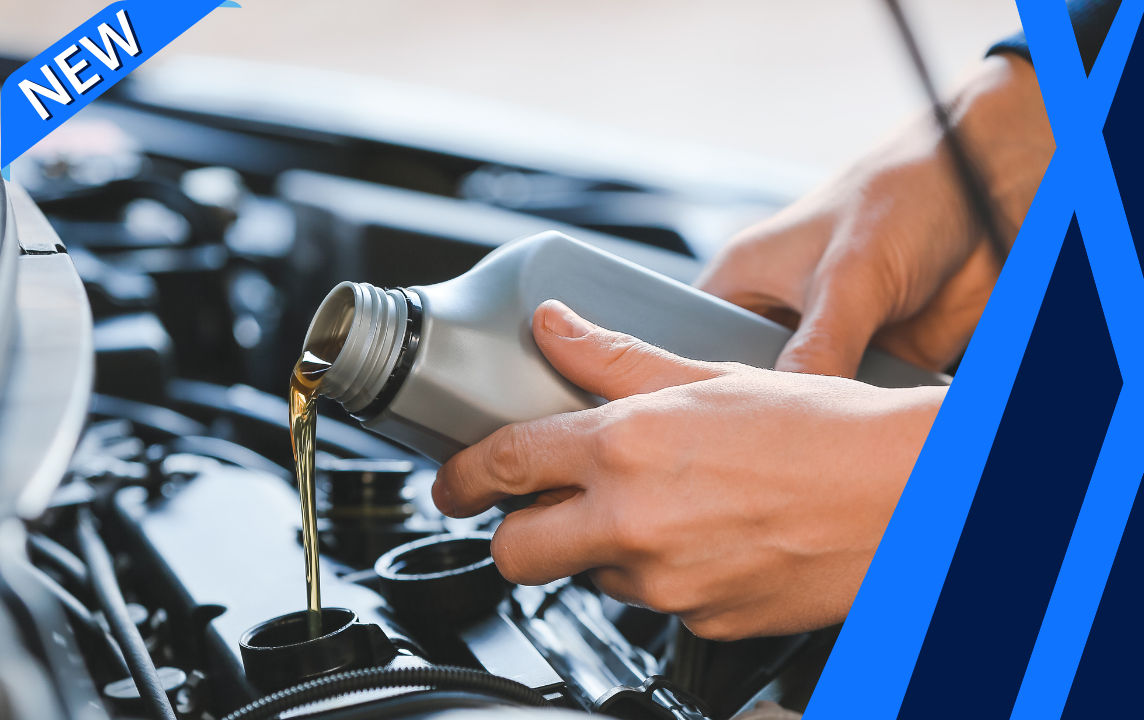Description
Car is hesitating and bucking Inspection
How this system works:
When you press the gas pedal, the fuel pump sends petrol through the fuel filter, up the fuel line, and injectors. The injectors “atomise” the fuel and spray it into the injectors (atomisation just means it turns it into a very fine mist). The spark plugs ignite the fuel, which combusts, moving the pistons and turning the engine.
Fuel combustion creates fumes (exhaust), which must be vented. This is done through a relatively complex network of components. Most of the exhaust is sent through the exhaust manifold, the catalytic converter, and then out the exhaust pipe. Along the way, some of it is recirculated and burned again (using the EGR valve), and oxygen sensors monitor the exhaust process for the correct levels of contaminants.
Common reasons for this to happen:
- Clogged Fuel Filter: Your fuel filter will become dirty and clogged over time and through normal use. When this happens, the flow of gasoline to your engine diminishes, which can cause hesitation and bucking.
- Failing Fuel Pump: If your fuel pump begins to fail, it will not send the right amount of gasoline to the engine. Note that pumps can exhibit intermittent problems for a long time before they fail.
- Failed Oxygen Sensor: If one of the oxygen sensors in your exhaust system has failed, the computer cannot monitor the emissions, and pressure may drop, creating hesitation and bucking.
- Clogged EGR Valve: The EGR valve is a crucial component in the exhaust system. If it becomes clogged with carbon, it won’t operate correctly, and your engine may spit, sputter or hesitate.
- Worn Out Spark Plugs and Wires: To combust fuel correctly, your engine needs a steady spark and stream of electricity. The spark plugs and wires provide this. If they’re worn out, your engine may spit and sputter.
What to expect:
A top-rated mobile mechanic will come to your home or office to inspect the engine and verify the hesitation and bucking, as well as when the condition occurs. The mechanic will then provide a detailed inspection report that includes the scope and cost of the necessary repairs.
How it’s done:
The mechanic will connect a diagnostic computer to your car’s OBDII connection and read any trouble codes in the computer (even if the Check Engine light is not on, trouble codes may be stored). The mechanic may need to test drive the vehicle as well to verify the symptoms.
How important is this service?
You need reliable performance from your engine. Even if the hesitation and bucking don’t cause internal damage, driving can be highly problematic while these symptoms are present. It can also compromise your safety on the road. Regular maintenance is the best way to protect against hesitation and bucking. Make sure you’re having the spark plugs, wires and fuel filter replaced regularly. You should also have any Check Engine light diagnosed immediately. One of our professional mechanics can troubleshoot, diagnose and repair your car, eliminating the hesitation and bucking during operation.




